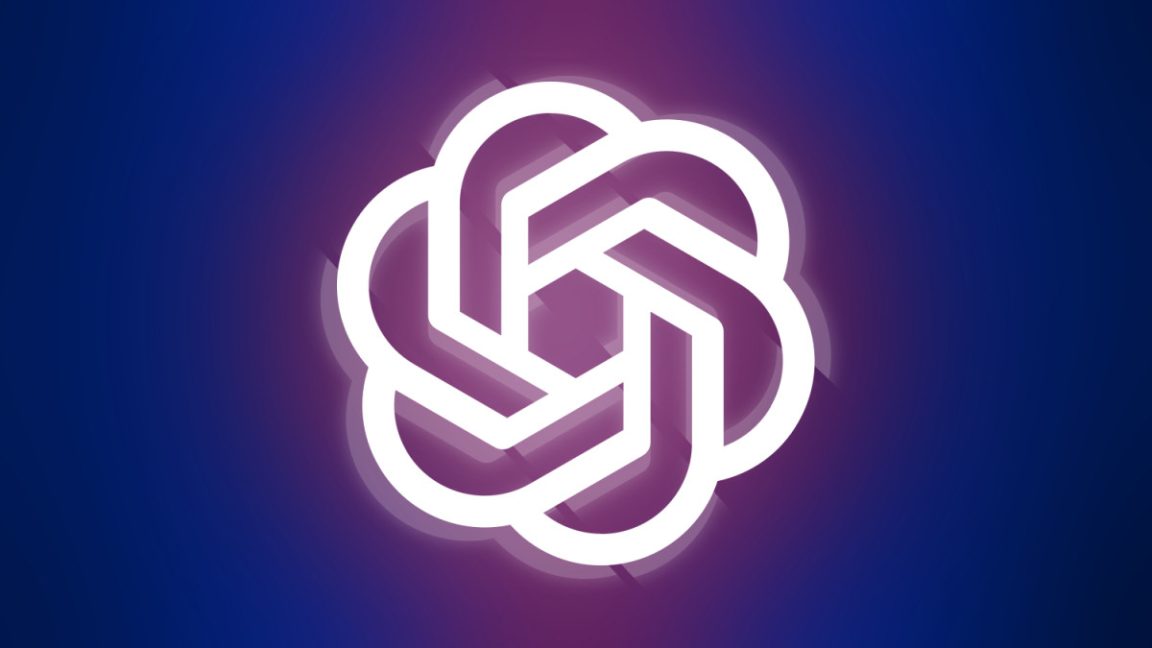Satellite 'space factory' could slash billions from energy bills - and start new industrial revolution





Microsoft is starting to gradually roll out a preview of Recall, its feature that captures screenshots of what you do on a Copilot Plus PC to find again later, to Windows Insiders, according to a blog post published Thursday.
This new rollout could indicate that Microsoft is finally getting close to launching Recall more widely. Microsoft originally intended to launch Recall alongside Copilot Plus PCs last June, but the feature was delayed following concerns raised by security experts. The company then planned to launch it in October, but that got pushed as well so that the company could deliver “a secure and trusted experience.”
The company did release a preview of Recall in November to Windows Insiders in the Dev Channel for Qualcomm Copilot Plus PCs and made a preview available to Intel- and AMD-powered Copilot Plus PC shortly after. And after a couple weeks of testing, my colleague Tom Warren said that Recall is “creepy, clever, and compelling.”
In Thursday’s blog post, Microsoft spells out that you have to opt in to saving snapshots with Recall, and you can pause saving them “at any time.”

OpenAI today announced a significant expansion of ChatGPT's customization and memory capabilities. For some users, it will now be able to remember information from the full breadth of their prior conversations with it and adjust its responses based on that information.
This means ChatGPT will learn more about the user over time to personalize its responses, above and beyond just a handful of key facts.
Some time ago, OpenAI added a feature called "Memory" that allowed a limited number of pieces of information to be retained and used for future responses. Users often had to specifically ask ChatGPT to remember something to trigger this, though it occasionally tried to guess at what it should remember, too. (When something was added to its memory, there was a message saying that its memory had been updated.)


© Benj Edwards / OpenAI
Remember when teachers demanded that you "show your work" in school? Some fancy new AI models promise to do exactly that, but new research suggests that they sometimes hide their actual methods while fabricating elaborate explanations instead.
New research from Anthropic—creator of the ChatGPT-like Claude AI assistant—examines simulated reasoning (SR) models like DeepSeek's R1, and its own Claude series. In a research paper posted last week, Anthropic's Alignment Science team demonstrated that these SR models frequently fail to disclose when they've used external help or taken shortcuts, despite features designed to show their "reasoning" process.
(It's worth noting that OpenAI's o1 and o3 series SR models deliberately obscure the accuracy of their "thought" process, so this study does not apply to them.)


© Malte Mueller via Getty Images


Bluesky is updating its app to version 1.100, and the update includes a more comprehensive search page and new chat reactions.
The search page is now known as âExplore,â where you can find trending topics, suggested accounts, and starter packs to jump-start stuff for you to follow on the app. This new Explore page still lets you search from the top, but now, the first thing you see under the search bar are a list of top trends and that may have a tag emphasizing how âhotâ or ânewâ something is.
Thereâs also a shortcut at the top to edit interests that inform what you see on the Explore page, but you can hide that and adjust your interests later in Settings > Content and media.
ð¢Â App Version 1.100 is rolling out now (2/2)Trying to find more on Bluesky? The search page is now "Explore," with updated trends, suggested accounts, and more!
— Bluesky (@bsky.app) 2025-04-10T18:00:06.172Z
As for the chat reactions, you can now hold down on a direct message and select an emoji to react to it with. The feature looks and works similarly to many other chat apps like iMessage.
Previously, holding down on a message brought up a menu on the bottom of the screen to transla …

After years of stuntwork largely being overlooked by the Academy of Motion Picture Arts and Sciences, the Oscars are about to add a new category. Today, the Academy announced that it intends to start giving out Oscar statues for stunt design starting with films released in 2027 for the awards ceremony’s 100th anniversary.
“Since the early days of cinema, stunt design has been an integral part of filmmaking,” Academy CEO Bill Kramer and Academy President Janet Yang said in a statement about the new category. “We are proud to honor the innovative work of these technical and creative artists, and we congratulate them for their commitment and dedication in reaching this momentous occasion.”
The Academy has yet to announce any other eligibility rules for films that will be nominated in the new category. “The specifics of the award’s presentation will be determined by the Academy’s Board of Governors and executive leadership at a future date,” according to the Academy’s press release.
Though over 100 stunt workers are currently members of the Academy’s Production and Technology Branch, as The Hollywood Reporter notes, the organization has only ever given out two (honorary) Oscars to stunt performers. Now that the new category has been established, we’re probably going to start seeing studios putting a lot more emphasis on their projects’ death-defying set pieces.


After starting earlier this week, Google has rolled out the redesigned Keep for Android “Quick capture” widget.
more…
